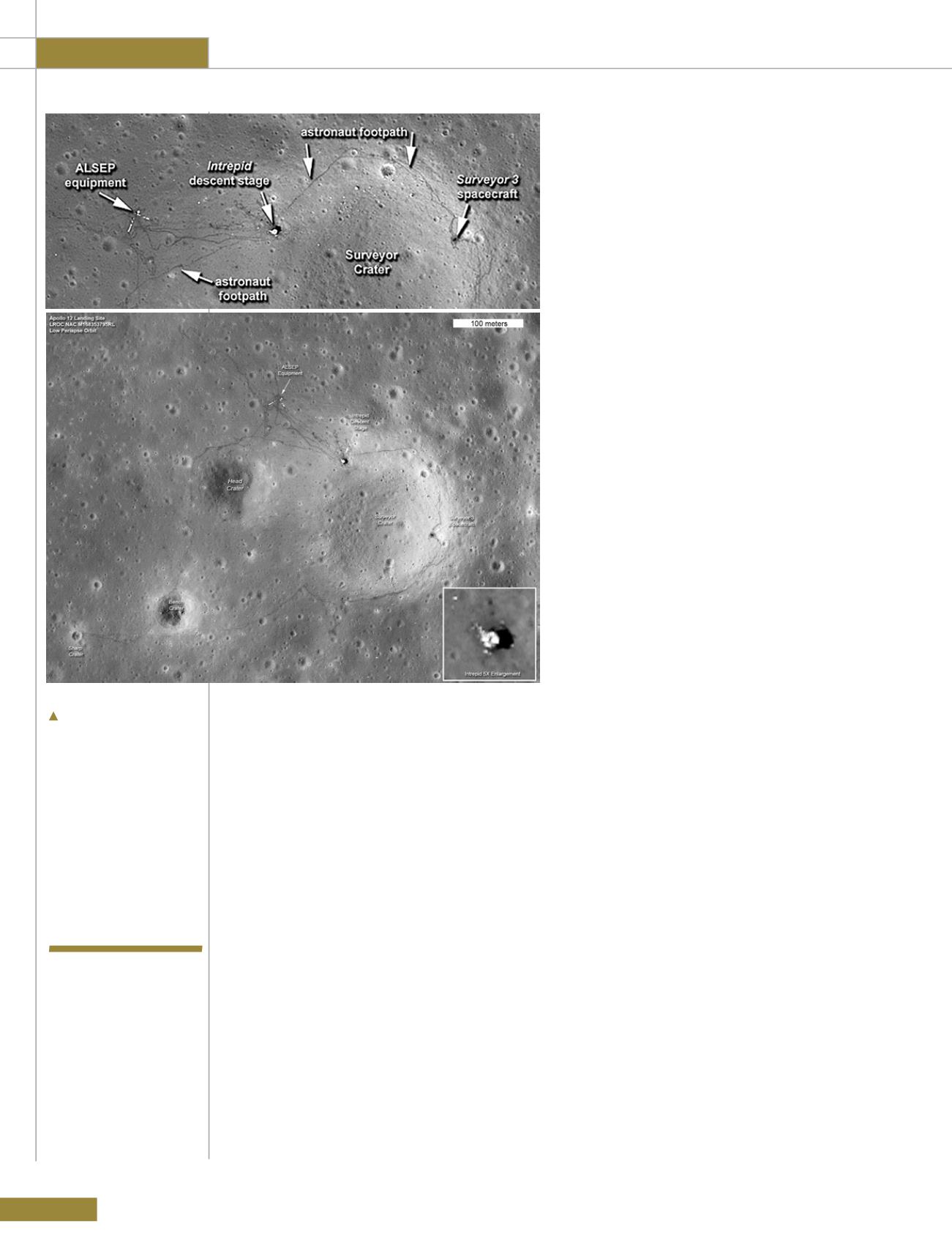
ROOM
92
Opinion
but the United Nations that should act formally to
protect and preserve the Apollo landing sites.
In 1972, the General Conference of the United
Nations Educational, Scientific and Cultural
Organization (UNESCO) introduced a convention
concerning the protection of the world cultural
and natural heritage. The World Heritage
Convention, now boasting 193 state parties,
recognises “that deterioration or disappearance
of any item of the cultural or natural heritage
constitutes a harmful impoverishment of the
heritage of all the nations of the world.” Regardless
of sovereignty, the Convention emphasises “the
importance, for all the peoples of the world,
of safeguarding this unique and irreplaceable
property, to whatever people it may belong”.
UNESCO’s World Heritage Convention has been
a great success, helping preserve natural and
cultural landmarks around the world - from the
Tsodilo in Botswana to the Taj Mahal in India But
as humankind stretches its reach into space, so
must the United Nations and UNESCO.
Just as we revere fossilised footprints of a long-
forgotten hominin species in the Ngorongoro
Conservation Area as evidence of the development
of human bipedalism, we must preserve our
first footprints on the Moon. Each of the Apollo
lunar landing sites is evidence of humanity’s first
tentative steps off planet Earth and to the stars.
They mark an achievement unparalleled in human
history and they embrace, and poignantly echo,
our continued efforts to achieve peace.
Article 1 of the World Heritage Convention defines
a “site” as “works of man... and areas including
archaeological sites which are of Outstanding
Universal Value from the historical, aesthetic,
ethnological or anthropological points of view”.
In turn, paragraph 49 of the Operational
Guidelines for the Implementation of the World
Heritage Convention define “Outstanding
Universal Value” as “cultural and/or natural
significance which is so exceptional as to
transcend national boundaries and to be of
common importance for present and future
generations of all humanity”. Permanent protection
of such sites is seen as “of the highest importance
to the international community as a whole”.
Paragraph 77 of the Guidelines requires that, in
order to be considered of “Outstanding Universal
Value” proposed heritage sites must meet at least
one out of 10 listed selection criteria. The Apollo
sites arguably meet six:
• Represent a masterpiece of human creative genius
• Exhibit an important interchange of human
values, over a span of time or within a cultural
area of the world, on developments in
architecture or technology, monumental arts,
town-planning or landscape design
• Bear a unique or at least exceptional testimony
to a cultural tradition or to a civilization which
is living or which has disappeared
• Are an outstanding example of a type of
building, architectural or technological
ensemble or landscape which illustrates a
significant stage(s) in human history
• Are an outstanding example of a traditional
human settlement, land-use, or sea-use which
is representative of a culture (or cultures),
or human interaction with the environment
especially when it has become vulnerable
under the impact of irreversible change
• Are directly or tangibly associated with events
or living traditions, with ideas, or with beliefs,
with artistic and literary works of outstanding
universal significance.
Unfortunately, simply meeting the criteria is not
enough. Article 11 of the Convention sets forth the
NASA’s Lunar
Reconnaissance Orbiter
(LRO) took these images
of the Apollo 12 landing
site in 2011, note that the
astronaut footpaths were
still distinguishable after
more than 40 years.
If we cannot
achieve peace
on Earth,
certainly we
can work
together to
preserve peace
in the heavens


